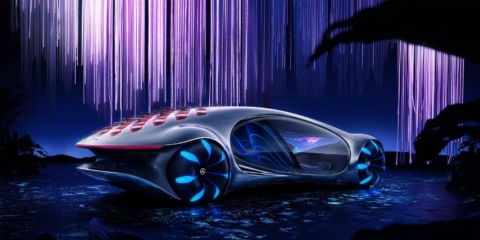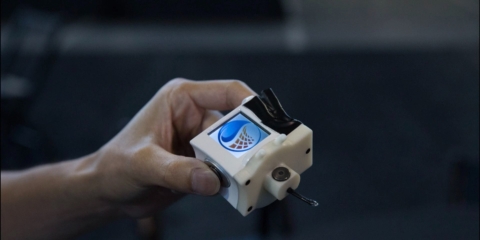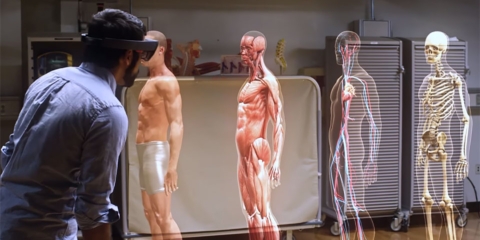Would you like to get notifications from Christian?
Wat is er gebeurd?
We weten allemaal hoe het werkt: 's nachts uw elektrische auto inpluggen en hopen dat hij tegen de ochtend volledig opgeladen is. Maar wat als er een manier was om je auto in minuten op te laden in plaats van uren? Dat is waar kwantum laden om de hoek komt kijken. Kwantumlading is een nieuwe technologie die het potentieel heeft om een revolutie teweeg te brengen in de sector van de elektrische voertuigen. Door gebruik te maken van kwantummechanica kan kwantumlading energie veel efficiënter overbrengen dan traditionele methoden. Dit betekent dat elektrische voertuigen kunnen worden opgeladen in een fractie van de tijd die nu nodig is.
Waarom is dit belangrijk?
Quantumcharging kan een enorme impact hebben op de markt voor elektrische voertuigen, waardoor deze beter kunnen concurreren met traditionele benzine- en dieselvoertuigen. Kwantumlading zal de oplaadtijd van elektrische voertuigen terugbrengen van tien uur tot drie minuten. Of het nu gaat om fotovoltaïsche energie of kernfusie, vroeg of laat moet de menselijke beschaving overschakelen op hernieuwbare energiebronnen. Dit wordt onvermijdelijk geacht gezien de alsmaar groeiende energiebehoefte van de mensheid en de eindigheid van fossiele brandstoffen. Er is dan ook veel onderzoek verricht naar de ontwikkeling van alternatieve energiebronnen, waarvan de meeste gebruik maken van elektriciteit als voornaamste energiedrager. Om dit probleem aan te pakken, zochten wetenschappers naar antwoorden in het mysterieuze domein van de kwantumfysica. Hun zoektocht heeft geleid tot de ontdekking dat kwantumtechnologieën nieuwe mechanismen kunnen beloven om batterijen sneller op te laden. Een dergelijk concept van "kwantumbatterij" is voor het eerst voorgesteld in een baanbrekend artikel dat in 2012 is gepubliceerd door Alicki en Fannes. Er werd getheoretiseerd dat kwantumhulpbronnen, zoals verstrengeling, kunnen worden gebruikt om het oplaadproces van de batterij enorm te versnellen door alle cellen in de batterij tegelijkertijd op een collectieve manier op te laden.
Christian is a futurist and trendwatcher who speaks about the impact of exponential technologies like AI on organizations, people, and talents. Christian tailors his presentations to your audience's specific industries and needs.



Our world is changing at an exponential rate! A big tidal wave of digital transformation and disruption is coming at us fast. Many organizations see this wave as a threat and experience stress, but there are also organizations that just see this wave as an opportunity.

Imagine sitting with just 10-15 fellow executives at a premier location, gaining clarity on the impact of AI on your industry while enjoying an exquisite dining experience. These are not just meetings—they are transformative moments that will shape the future of your organization



In the future, 3D printing and generative design will allow for products to be designed in a more decentralized manner, and production will take place closer to the customer and fully on-demand. 3D printing technology will also allow for more customization and personalization of products.


The agricultural industry is ripe for disruption. Robotics, AI, and IoT are all technologies that have the potential to radically transform the way we grow food. In combination with vertical farming, these technologies could increase the efficiency and quality of agricultural products.

A human-centered society is one that puts people first and where technology is used to unite and empower people. It is a society that values biological life and dignity above all else. It is a society that recognizes the importance of human relationships and works to strengthen them. In a human-centered society, all members of the community are valued and treated with respect.


The future of healthcare is here. New technologies like AI, IoT, big data, and smart sensors make it possible to become the CEO of your own health. Imagine that your phone can listen to your voice and AI algorithms can detect small nuances in the tone of your voice that indicate specific diseases.
